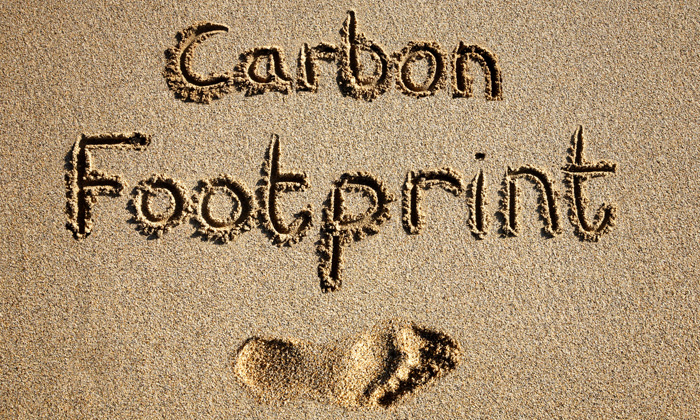With energy crises debated in the news, it’s difficult to ignore the fact that sustainability is a big issue for Brits today. Many local councils are already implementing initiatives for reducing waste and recycling household rubbish in order to address these problems, there is always more to be done. If you are looking to reduce your carbon footprint but aren’t sure how, here’s some quick ideas to start with small changes in the home.
Unplug
When most of your home is run on electricity it can be hard to reduce your energy use, but it really is as easy as switching things off at the mains, and it benefits your wallet as well as your devices. Laptops and mobile phones for instance, should be unplugged as soon as they are done charging to avoid weakening the battery life. When devices such as games consoles, stereos, and televisions are left on standby, they consume almost as much electricity as when they are in use! For more information, this infographic explains the financial costs of leaving electrical items on standby.
Look For Energy Efficiency
Unfortunately we aren’t yet at the stage where many electronic entertainment devices are looking to be more energy efficient, simply because of the complexity of the wiring. However, for lightbulbs and white goods, manufacturers are aiming for gold. By swapping traditional incandescent light bulbs to energy efficient replacements, only 10% of energy is wasted on heat, compared to up to 80% for traditional models. For white goods, look for at least a ‘B’ grade on the energy efficiency scale to make sure you’re getting the most value for your money – the most efficient appliances have a higher upfront cost, but the running costs are so low it works out better in the long run.
Have A Cold Shower
Admittedly, this tip is best employed on a hot summer’s day for maximum comfort. However, by reducing the temperature of your shower and your thermostat by just a couple of degrees, you can save heaps of electricity, without making a big difference to your comfort. The same applies to your laundry – most of the energy of a washing machine is used heating up the water, so set your machine to a 30°C or 40°C wash to minimise the energy used, while being tougher on stains and kinder to fabrics.
